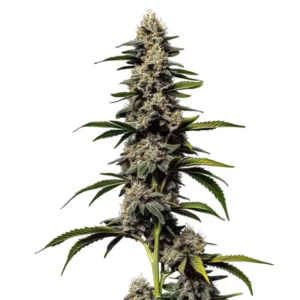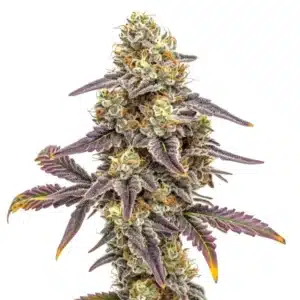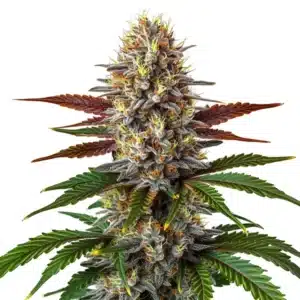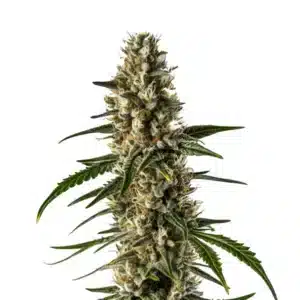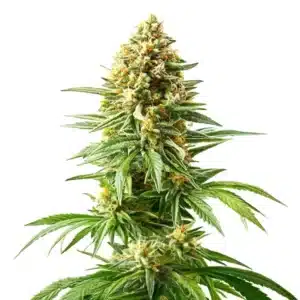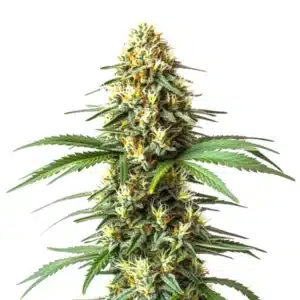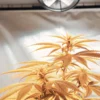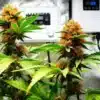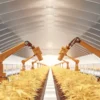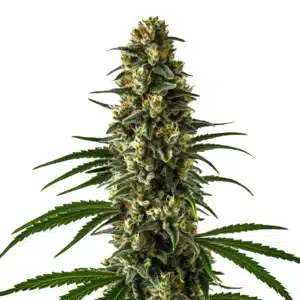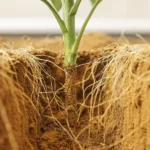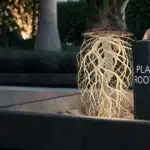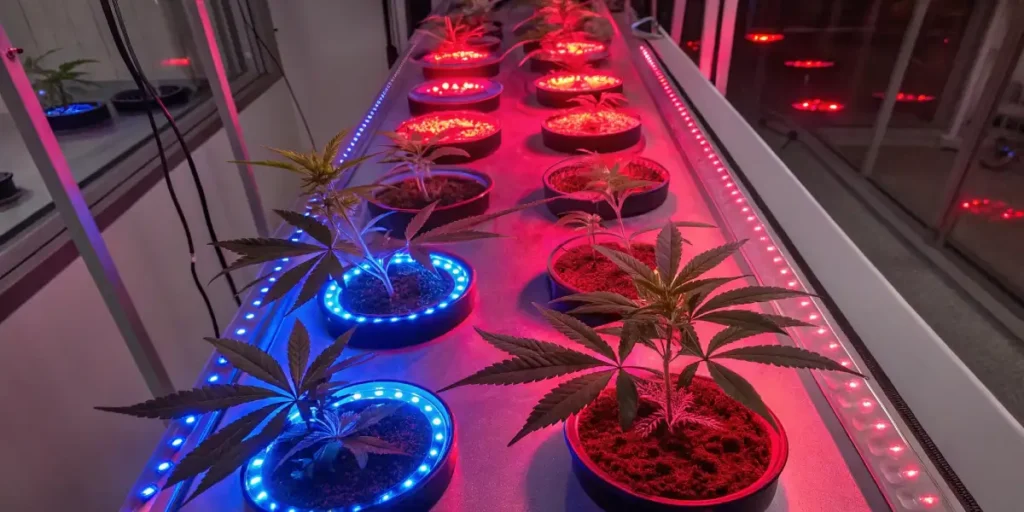
Red vs. Blue: The Real Secret to Lighting Your Cannabis Clones
You’re setting up your cloning station, you look up at your fancy LED light with all its buttons, and the classic question hits you: Red light? Blue light? Both? It’s a debate that has raged in grow forums for years.
Forget the confusing arguments. I’m going to give you a clear, simple framework that will change the way you think about cloning. The truth is, there isn’t one “best” color. The best light spectrum depends entirely on the type of cutting you took.
Recommended Strains
Alien Cookies x Kush Mints
|
|
THC | 33% - 34% (High) |
|
|
Type | Feminized |
|
|
Yield | High |
|
|
Phenotype | 80% Indica / 20% Sativa |
Alien Technology x Do-Si-Dos
|
|
THC | 20% - 25% (Medium) |
|
|
Type | Feminized |
|
|
Yield | Medium |
|
|
Phenotype | 80% Indica / 20% Sativa |
The Foundational Rule of Light
But first, let’s zoom out. A cannabis plant is pretty flexible during its vegetative stage. It will Grow under almost any decent full-spectrum light, whether it leans blue or red. But when it’s time to Thrive and make buds, it absolutely needs a strong red spectrum to simulate the autumn sun and produce dense, heavy flowers. This basic principle gives us a massive clue for our cloning strategy.
The Pro-Level Answer: Match the Light to the Cutting
Here is the expert-level secret that settles the debate once and for all.
If you took cuttings from the TOP of your plant, the newest, softest, most vigorous shoots, you want to use a light that is heavy on the blue spectrum. Blue light drives photosynthesis and encourages compact, leafy vegetative growth. It tells that young, energetic cutting to focus on building a strong, leafy structure while the roots get established.
If you took cuttings from the LOWER branches, the older, tougher, more woody stems, you want to introduce more red light. Why? Because those woody cuttings are more stubborn and have a harder time rooting. The longer wavelengths of red light are better at penetrating that tougher tissue and signaling the plant to divide cells and push out new roots. It’s the signal for creation.
See the difference? You’re tailoring the light to the specific needs of the tissue you’re trying to clone.
Promos & Deals
The Beginner’s Safest Bet & The REAL Priority
So what if you have a mix of cuttings, or you’re just starting out? Don’t overthink it. A balanced, full-spectrum light will give them a bit of everything they need to get going.
But honestly, for a fresh, rootless cutting, the intensity of the light is far more important than the color. You do NOT want a powerful light. A gentle, low-wattage fluorescent (T5) or a dimmable LED is perfect. Too much light and heat will just dry out and kill your cuttings before they have a chance to root.
This is how you truly Nurture your Homegrown clones. By understanding what they need, you can provide the perfect environment for robust strains like Blue Dream or Gorilla Glue #4 to replicate themselves perfectly. It’s a Sustainable method that puts science and observation over brute force.
Practical Tips for Using Light Spectrums
- Start with a balanced mix of red and blue light for optimal growth.
- Monitor your cuttings for signs of stress and adjust light intensity as needed.
- Consider the specific needs of your cannabis strain when choosing a light spectrum.
- Experiment with light duration to find the optimal balance for your plants.
- Use light spectrums that complement each other to avoid overstretching or slow growth.
These tips can help you make the most of your light setup, ensuring your plants receive the best care possible. By tailoring your approach to their specific needs, you can achieve impressive results.
Experimentation is key when it comes to perfecting your light setup. Keep track of your results and make adjustments as needed, creating an environment that supports healthy, vigorous growth.
When optimizing your light setup for cannabis cuttings rooting red light or blue, it’s essential to be adaptable. Environmental factors such as humidity and temperature can influence how plants respond to light, so it’s crucial to observe and adjust accordingly. By maintaining a flexible approach, you can ensure that your cuttings receive the ideal conditions for growth.
In addition to adjusting light spectrums, consider integrating supplemental lighting or reflective materials to enhance light distribution. This can maximize the efficiency of your setup, ensuring even exposure across all cuttings. Continual refinement of your approach will lead to a more effective and productive growing environment.
Keep in mind that cannabis cuttings don’t need high light intensity to develop roots. In fact, excessive light especially over 250W combined with heat can dry out cuttings before they root. They thrive better under cold LED or fluorescent lights with lower lumen output. It’s not so much the color but the gentleness of the light that matters most in these early stages.
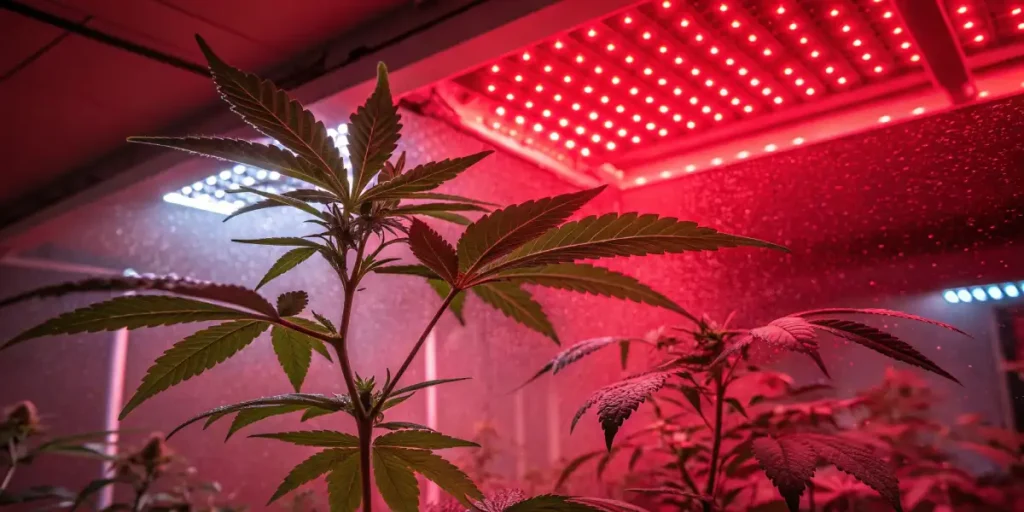
FAQs
What is the best light for rooting cuttings from the top of the plant?
For cuttings taken from the new, tender growth at the top of a mother plant, a light spectrum rich in blue light is ideal. Blue light promotes strong vegetative growth and chlorophyll production, which is exactly what these vigorous young cuttings need to establish themselves.
What is the best light for rooting cuttings from lower, woodier branches?
For tougher, woodier cuttings taken from the lower parts of a plant, you should introduce more red light into the spectrum. The longer wavelengths of red light are more effective at penetrating the dense tissue and stimulating the cell division necessary to initiate root growth on these more stubborn cuttings.
Is red light or blue light more important for cannabis overall?
Both are essential, but for different stages. Think of it like this: blue light is for building the plant (vegetative growth), and red light is for reproducing (flowering and budding). A plant can veg under almost any light, but it needs a strong red spectrum to produce a heavy harvest.
Is a powerful, high-intensity light good for new clones?
Absolutely not. It’s one of the worst things for them. New cuttings are extremely delicate and have no roots to replenish water. A powerful light produces too much heat and intensity, which will quickly dry out and kill the cutting. A gentle, low-wattage light source is all you need.


